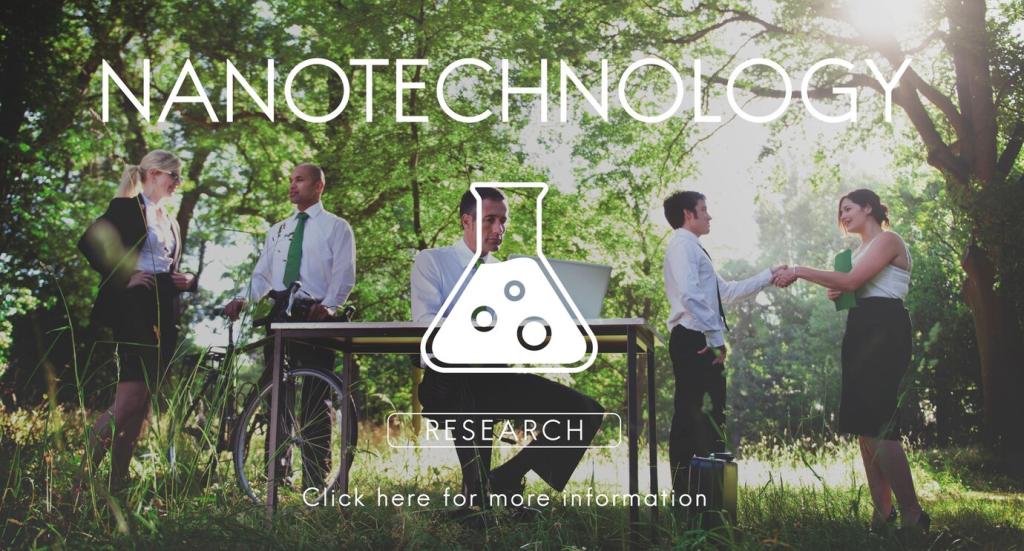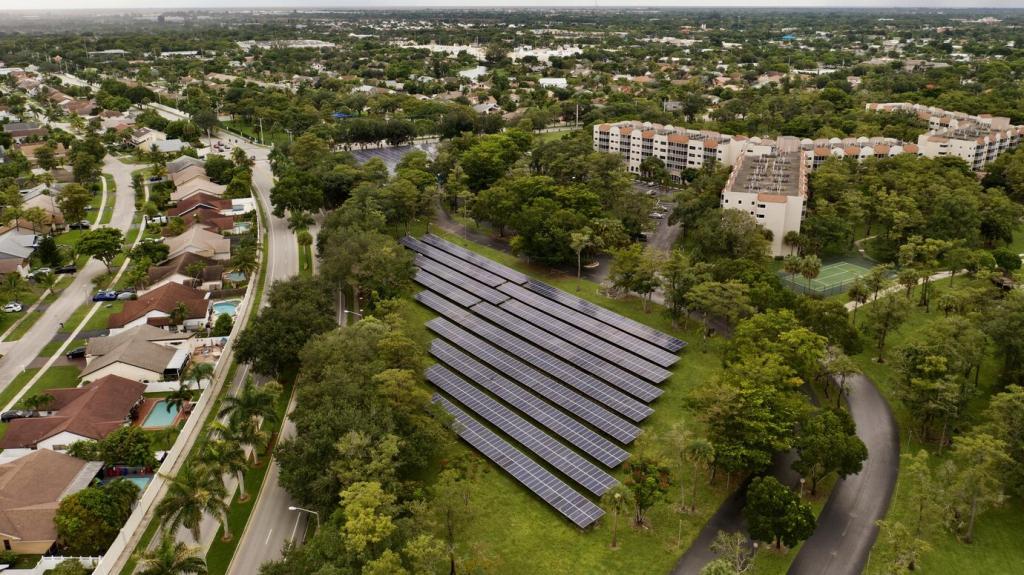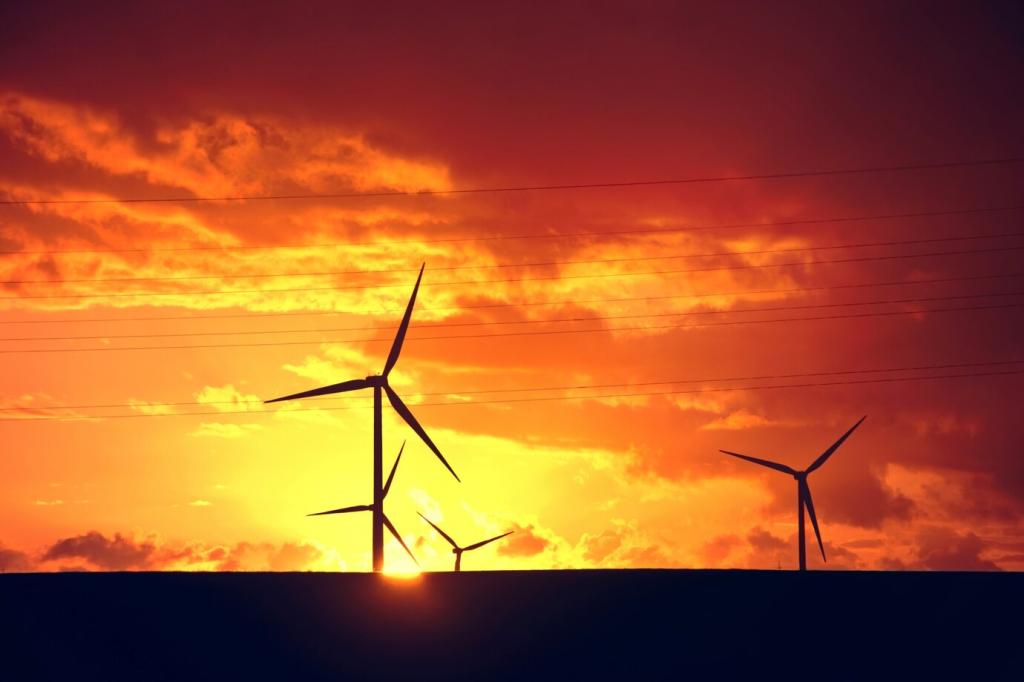Case Studies: Successful Drone Integration in Forest Management
Today’s chosen theme: Case Studies: Successful Drone Integration in Forest Management. Explore practical stories, data-backed results, and lessons learned that help teams bring drones from curiosity to cornerstone in forestry operations. Subscribe for new case studies and share your field questions—we feature reader dilemmas in upcoming posts.

Define measurable goals before liftoff
A county forest unit started with a one-page intent: reduce inventory cycle time by 40% and improve stand boundary accuracy. That clarity guided payload choices, flight plans, and training, preventing gadget-chasing and keeping leadership aligned when budgets tightened.
Regulatory green lights and risk planning
A Scandinavian co-op secured permissions early, mapping operations to aviation rules, wildlife windows, and worker-safety protocols. They established checklists for battery fires, signal loss, and weather thresholds, so pilots could escalate decisively instead of improvising mid-flight.
Wildfire Detection and Rapid Response
In a Mediterranean reserve, pilots launched pre-dawn missions over ridge lines, using thermal sensors to spot residual heat after lightning storms. That routine identified smoldering pockets invisible to ground crews, enabling targeted suppression before winds strengthened.

Timber Inventory and Harvest Planning
Photogrammetry for stand-level volumes
A family forestry firm replaced two weeks of manual cruising with two days of flights and structured ground plots. Canopy models guided sampling intensity, reducing variance and delivering draft volumes faster for negotiations. Clients noticed the speed—and the confidence intervals.
LiDAR that sees through dense canopy
When leaf-on imagery hid understory structure, the team flew lightweight LiDAR, resolving terrain under thick crowns. The improved digital elevation model refined slope-based constraints, helping planners avoid gullies that previously caused expensive equipment recoveries.
Road design with fewer ecological scars
Planners overlaid soil risk maps with drone-derived terrain to reroute harvest roads away from wet depressions. Post-harvest audits showed reduced rutting and sedimentation. Want our checklist for eco-sensitive road planning? Comment, and we’ll send the field-ready guide.
Acoustic and visual payload synergy
A tropical reserve paired lightweight acoustic recorders with high-resolution cameras on staggered flights. The approach cross-validated bird presence and mapped key feeding trees. Rangers then proposed micro-reserves, ensuring drones informed protection rather than merely documenting loss.
Ethics in nesting seasons
Operators learned to trade proximity for persistence: higher altitudes with longer observation times. By planning quiet, oblique passes and avoiding hovering over nests, they captured usable data without spooking sensitive raptors. Those practices became non-negotiable policy.
Community science meets pro workflows
Local birders flagged potential habitat shifts via a shared app, and the forestry team validated reports with drone surveys. This collaboration accelerated responses and nurtured trust, showing that integration success includes people, not just platforms and payloads.



Reforestation and Restoration at Scale
01
A fire-impacted landscape tested drone-delivered native seed pods across slope classes. Operators avoided drainages and culturally sensitive areas, collaborating with Indigenous stewards. Germination checks confirmed that careful targeting beat blanket applications on cost and outcomes.
02
Periodic flights mapped vigor using NDVI and red-edge bands, flagging drought stress early. Crews prioritized watering and protection where seedlings were failing. Over one year, targeted interventions increased survivorship, transforming monitoring from guesswork into timely action.
03
Comparing drone-enabled and traditional approaches, managers tracked labor hours, seed costs, and successful establishment. Even accounting for training and equipment, the drone pathway paid back within two cycles. Want the spreadsheet model? Subscribe and request the restoration pack.
One agency formed a cross-unit guild that met monthly, swapping datasets and failure stories without blame. That psychological safety surfaced small issues—like sun angle biases—before they became expensive mistakes. Culture, not tech, made their integration durable.

